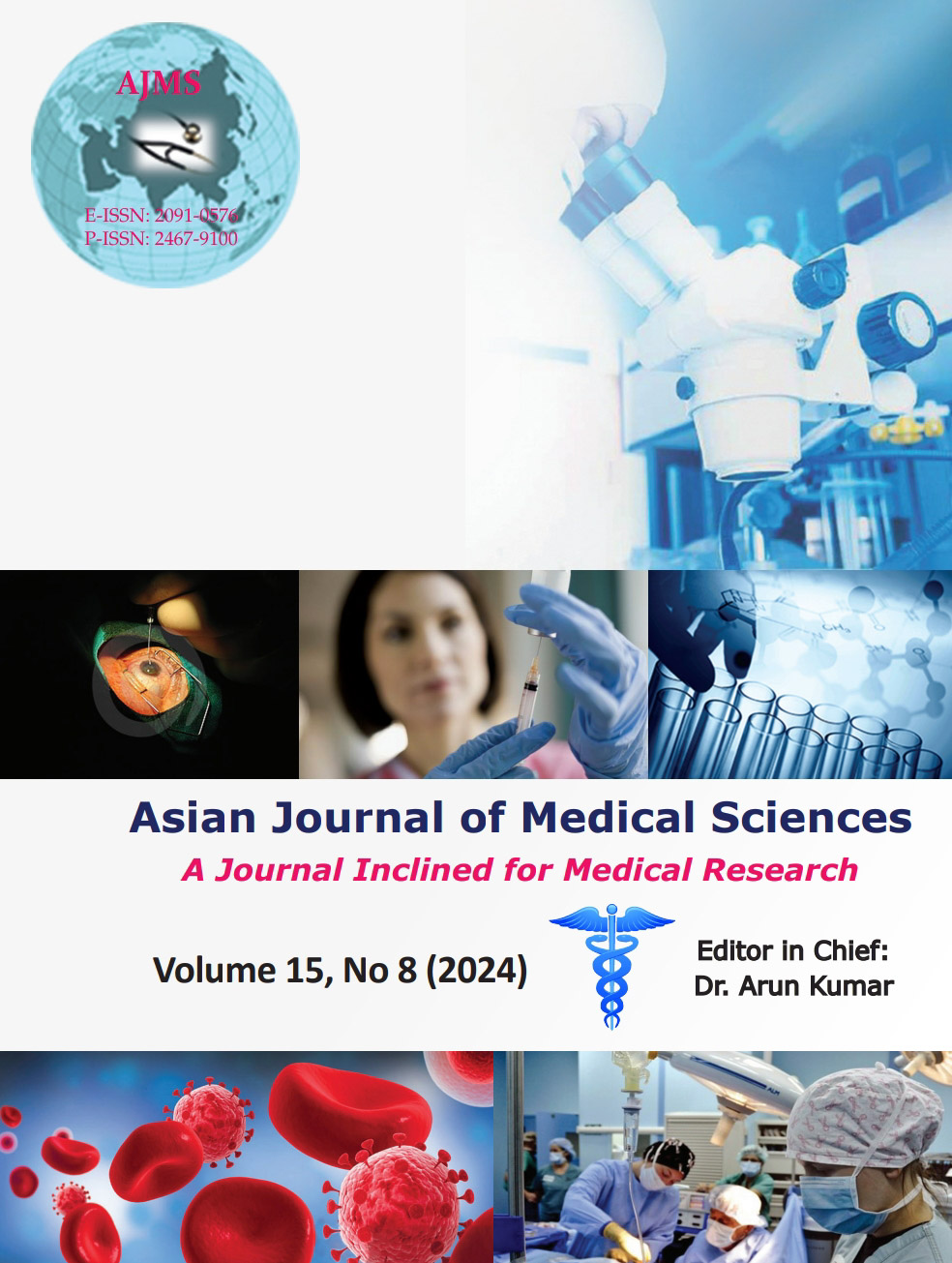Deciphering nasal septum deviation: Computed tomography insights into age and gender trends for optimized clinical care
Keywords:
Deviated nasal septum; Computed tomographic images; Sinonasal regionAbstract
Background: Deviation of the nasal septum (DNS) is defined as any deviation of the septum from the midline and is one of the most common variations of the sinonasal anatomy.
Aims and Objectives: The purpose of this study was to observe the prevalence of DNS and its relation with age, gender, and sidedness.
Materials and Methods: Sinonasal computed tomographic images of 100 subjects obtained from the Department of Radiodiagnosis, King George’s Medical University, Lucknow, UP, in the period August 2013–July 2014 were analyzed to determine the prevalence of DNS and its relation with age, gender, and sidedness.
Results: Of a total of 100 subjects, normal midline nasal septum was seen in 27 subjects whereas 73 subjects (73%) displayed a deviation in its position. The prevalence of nasal septal deviation (NSD) was significantly higher in females (84.21%) as compared to males (66.13%) (P=0.048). We also compared the prevalence of NSD in different age groups and found it to be higher in subjects aged >46 years (83.33%) as compared to other age groups but this difference was not found to be statistically significant (P=0.619).
Conclusion: Nasal septu the septum toward the right. No correlation between age intervals and prevalence of DNS was found.
Downloads
Downloads
Published
How to Cite
Issue
Section
License
Copyright (c) 2024 Asian Journal of Medical Sciences

This work is licensed under a Creative Commons Attribution-NonCommercial 4.0 International License.
Authors who publish with this journal agree to the following terms:
- The journal holds copyright and publishes the work under a Creative Commons CC-BY-NC license that permits use, distribution and reprduction in any medium, provided the original work is properly cited and is not used for commercial purposes. The journal should be recognised as the original publisher of this work.
- Authors are able to enter into separate, additional contractual arrangements for the non-exclusive distribution of the journal's published version of the work (e.g., post it to an institutional repository or publish it in a book), with an acknowledgement of its initial publication in this journal.
- Authors are permitted and encouraged to post their work online (e.g., in institutional repositories or on their website) prior to and during the submission process, as it can lead to productive exchanges, as well as earlier and greater citation of published work (See The Effect of Open Access).




